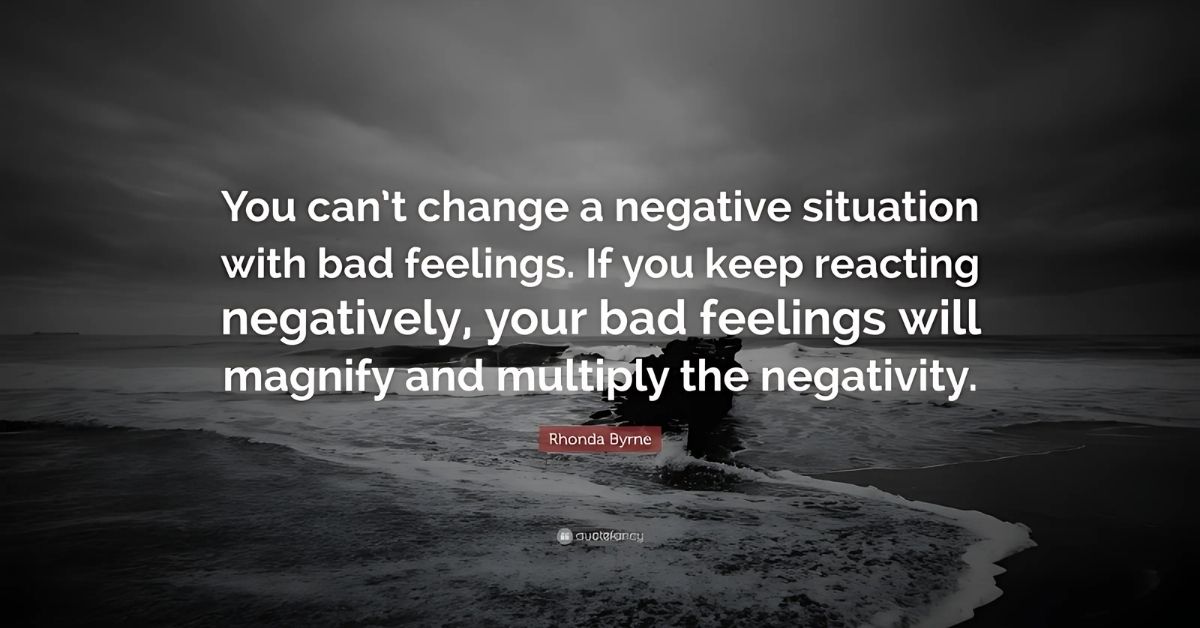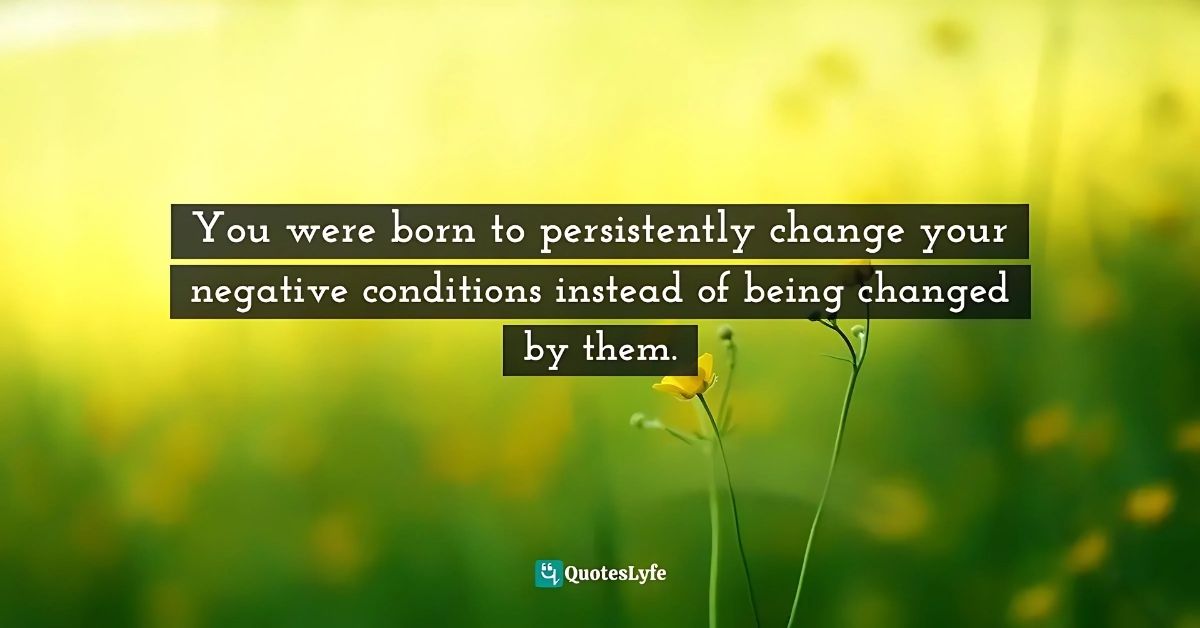Change is a natural part of growth, both in personal life and professional settings. Whether you’re shifting careers, improving systems, or adapting to new circumstances, the way you talk about change can influence how it’s received.
Instead of repeating the same phrases, learning new expressions can help you sound more confident and intentional. That’s why discovering 9 other ways to say “making a change” can give you the right words to describe transformation clearly. These alternatives offer fresh, relatable ways to communicate progress, motivation, and the driving force behind new beginnings.
Other Ways to Say “Making a Change”

These are alternative expressions related to change or transformation:
Sometimes you’re not just adjusting you’re pivoting. This word usually shows a sharp change in direction. For example, a company might pivot from selling clothing to offering digital fashion design services. This expression fits when there’s a quick, intentional shift, often in business or strategy. It feels fresh, modern, and bold. Using it helps show you’re flexible and ready to meet challenges head-on, whether in work or life.
Another powerful term is revamping. When you revamp something, you’re not throwing it away—you’re upgrading it. You’re giving it a fresh look or fixing what wasn’t working. Think of a restaurant changing its menu or an app updating its interface. Revamping suggests thoughtful updates. Similarly, words like redo, rework, and refresh describe actions that improve what already exists without starting over.
Overhauling is more intense. You’re not just adding a few tweaks you’re tearing down the old system and building something new. Overhauling is often used in industries like education, government, or technology when the system needs a deep transformation. It’s like a car engine being rebuilt from scratch. You might also hear terms like transformation, modification, realignment, or redevelopment when someone talks about deep change at a structural level.
Transitioning is smoother and more gradual. If you’re leaving one role and easing into another, transitioning is a softer, calmer way to express that shift. It shows movement without stress. This word is useful in career changes, moving to new places, or even emotional growth. Similar expressions like evolve, adjust, update, and shift fit well when the change is steady, flexible, or subtle.
No matter the word you choose, each version of “making a change” brings a different tone. Use these words to express transformation more clearly, show your growth, and help others understand your journey better.
also reaide: 12 Other Ways to Say “In the Text It States”
Positive Reinforcements

Phrases that positively frame the idea of change:
Embrace the new sounds warm and encouraging. This phrase tells your audience that change isn’t something to fear. It’s something to welcome. When people feel stuck or scared of the unknown, telling them to “embrace the new” can motivate them to take that leap. It gives a positive spin on a tough process and helps overcome feelings like resistance, fear, or confusion. You might hear this phrase in personal development, coaching, or leadership. It connects well with transformation, improvement, and even digital adoption during times of major shifts.
Next, turn the page. This metaphor feels like starting a new chapter in a book. It carries emotion, especially when moving past pain or disappointment. You’re not just leaving something behind you’re looking forward. For example, someone leaving a toxic job might say, “It’s time to turn the page.” This phrase helps ease the emotional side of change like grief, uncertainty, or emotional response while keeping the focus on what’s ahead. It fits well in personal stories, speeches, or heartfelt conversations.
Then comes your perspective, a phrase full of insight. Sometimes, you don’t need to change your job or your life, you just need to look at things differently. Shifting your perspective means stepping back, reassessing, and seeing opportunities where you once saw problems. It’s useful in coaching, therapy, or when giving advice. When people feel stuck, this simple mindset shift can be the driving force that helps them move forward. It encourages buy-in, participation, and empowerment during hard transitions.
also reaide: 12 Other Ways to Say “Hard Worker”
Change Catalysts

Words/phrases that describe forces that drive change:
A game changer isn’t just something new, it’s something big that changes everything. This term is bold, exciting, and perfect when you’re talking about innovation or big decisions. Think of a company launching a product that disrupts the market or a person making a decision that transforms their life. Game changers create new paths, drive success, and challenge the status quo. They push through barriers, slow adoption, and resistance. These changes often lead to widespread restructuring, realignment, or even overhaul of existing systems.
The phrase driving force goes deeper. It talks about the energy behind change. Whether it’s a mentor, a life event, or even your own motivation, the driving force pushes you forward when you might otherwise stay still. Leaders often act as the driving force behind organizational change. They bring clarity, communication, and support to help others embrace new systems. When employees understand the why, they’re more likely to engage, reducing pushback, mistrust, and disengagement.
Both phrases show that change doesn’t just happen. It takes effort, energy, and leadership. Whether it’s an external catalyst or an internal decision, you need a spark. That’s what makes change feel real, not just an idea but a movement. These forces help overcome friction, overload, and even unrealistic expectations, especially when proper tools like in-app guidance or role-based training are part of the process.
also reaide: 15 Other Ways to Say “Meet and Greet”
FAQs
(Answers to common questions about the topic)
What’s the best phrase to use when leaving a job?
If you’re changing careers or moving to a new position, transitioning or pivoting works best. They both sound professional and positive.
Is there a difference between revamping and overhauling?
Yes. Revamping means making updates or improvements, while overhauling means rebuilding something from the ground up. One is lighter; the other is deeper.
Which phrase sounds best in a resume or interview?
Use words like revamp, transform, or pivot. They show initiative and leadership without sounding too dramatic.
Can I use these phrases in formal and casual settings?
Absolutely. Most of these expressions work well in both professional and personal conversations. Just pick based on the tone you want to set.
Conclusion
Using the right words can completely shift how change is understood. These 9 other ways to say “making a change” offer fresh, powerful expressions that fit personal growth, career moves, and life transitions. Whether you’re pivoting, revamping, or embracing the new, these phrases help communicate change more clearly and confidently. They also add variety, emotion, and intention to your language. So next time you’re describing a shift in your life or work, choose words that truly reflect your journey and inspire others to see change as a positive force.

Grammerroot is your trusted source for mastering English grammar and language skills. From simple rules to advanced tips, we help learners build strong foundations through easy-to-understand content. Learn smart, learn right — only at Grammer Root.




